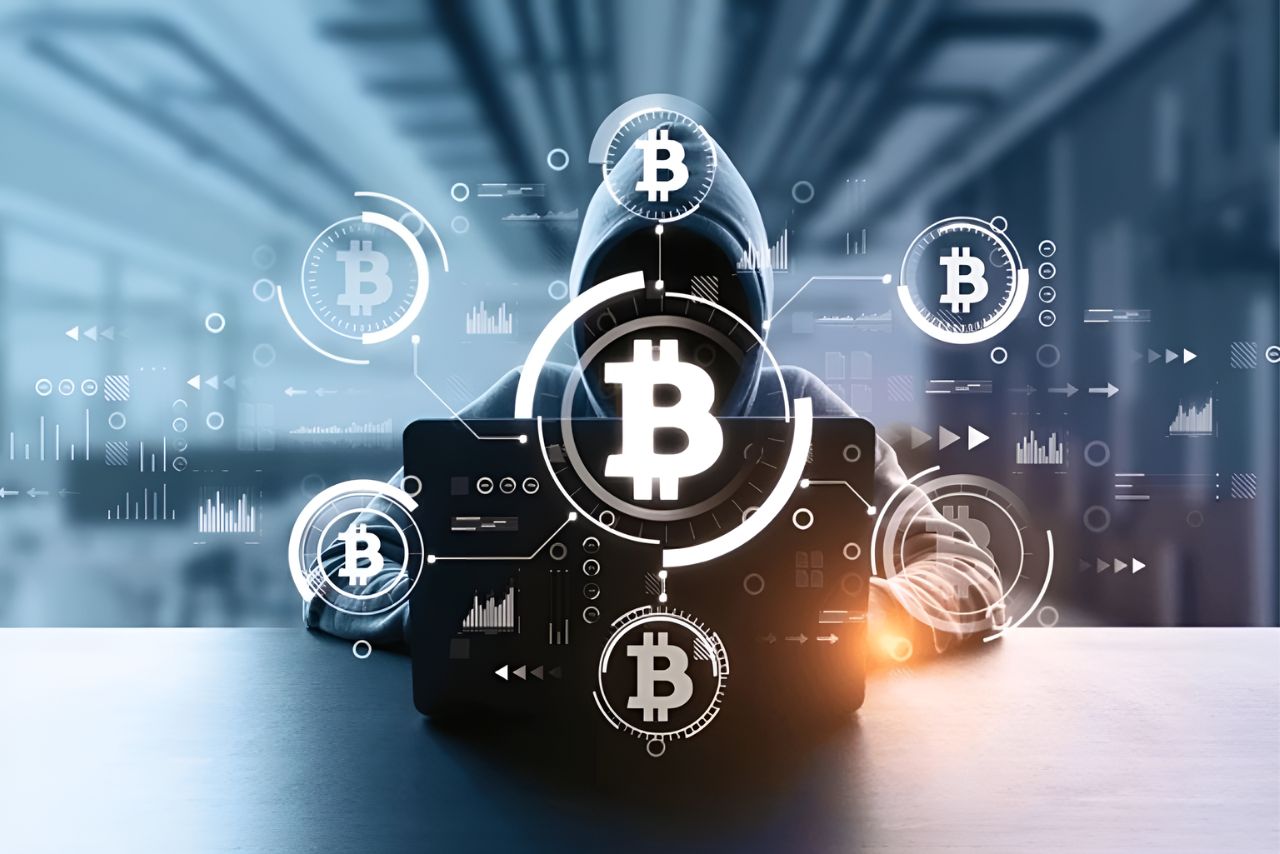In March 2022, hackers pulled off one of the largest digital heists in history, stealing $625 million from Ronin Network, a blockchain platform powering the hit game Axie Infinity.
The attack exposed critical vulnerabilities in decentralised finance (DeFi), leaving investors and gamers scrambling. As the dust settled, questions arose: How did this happen? Who was behind it? And what does it mean for the future of crypto?
How Hackers Exploited Ronin’s Security Flaws
The breach began with a clever social engineering ploy. Attackers targeted Sky Mavis, the Vietnam-based company behind Axie Infinity, tricking an employee into granting system access.
Once inside, they hijacked five validator nodes, four controlled by Sky Mavis and one by Axie DAO, using stolen private keys. These nodes authorised transactions on Ronin’s Ethereum-linked sidechain, designed to speed up gameplay and reduce fees.
Hackers exploited a backdoor left open after a November 2021 update to handle user growth. This loophole allowed them to forge withdrawal approvals without triggering alarms. Consequently, they drained 173,600 ETH and $25.5 million USDC in two swift transactions, vanishing before anyone noticed.
A Delayed Discovery and Swift Response
Sky Mavis detected the breach six days later, only after a user reported failed withdrawals. By then, the stolen funds had already been funnelled through multiple wallets. The company immediately shut down its bridge and decentralised exchange, halting further losses. Following this, CEO Trung Nguyen vowed full reimbursement, stating, “We’re committed to recovering every asset.”
To stabilise operations, Sky Mavis raised $150 million from investors like Binance. Furthermore, they increased validator requirements from five to eight signatures and launched rigorous security audits. Despite these efforts, Ronin’s token value plummeted 20%, eroding user trust overnight.
Who was behind the attack Behind the Attack
By April 2022, U.S. authorities had identified the culprit: Lazarus Group, a cybercrime syndicate linked to North Korea. The Treasury Department sanctioned the hackers Ethereum wallet, which still held $402 million in stolen ETH. FBI investigations revealed Lazarus used phishing scams and fake job offers to infiltrate Sky Mavis, mirroring past attacks on Sony and Poly Network.
Lazarus laundered $107 million through crypto mixers like Tornado Cash, evading detection. Chainalysis traced portions of the funds to decentralised exchanges, but most remained out of reach. “North Korea treats crypto theft as a revenue stream,” said one analyst, highlighting the group’s $1 billion DeFi thefts in 2022 alone.
The Long Road to Recovery
Recovering the stolen assets proved daunting. While Binance retrieved $5.8 million and U.S. officials seized $30 million by late 2022, over 80% of the funds stayed hidden. Sky Mavis gradually reimbursed users, but delays frustrated players reliant on Axie Infinity for income, particularly in Southeast Asia.
On the other hand, Ronin Network rebuilt its infrastructure, migrating nodes and collaborating with security firms like CertiK. The bridge reopened in June 2022 with stricter safeguards, yet user activity lagged. “Trust takes years to build and seconds to break,” admitted a Sky Mavis executive.
Lessons for the Future of Blockchain Security
The hack showed glaring risks in DeFi’s rapid growth. Ronin’s centralised validator model, a shortcut for efficiency, became its Achilles heel. Experts urged mandatory audits for cross-chain bridges and real-time monitoring to detect breaches faster.
Ari Redbord of TRM Labs warned, “Crypto businesses must harden defences against social engineering.” Others stressed revoking unused access privileges, as Sky Mavis’s failure to close its 2021 backdoor enabled the breach. William Callahan of Blockchain Intelligence Group added, “Transparent ledgers help trace stolen crypto, but exchanges must act swiftly to freeze funds.”
A Wake-Up Call for Crypto
The Ronin heist remains a stark reminder of DeFi’s fragility. While innovations like play-to-earn games democratise finance, they also attract sophisticated criminals. For the industry, progress demands balancing accessibility with ironclad security. As blockchain evolves, vigilance, not just technology, will determine its survival.
Written By Fazal Ul Vahab C H



